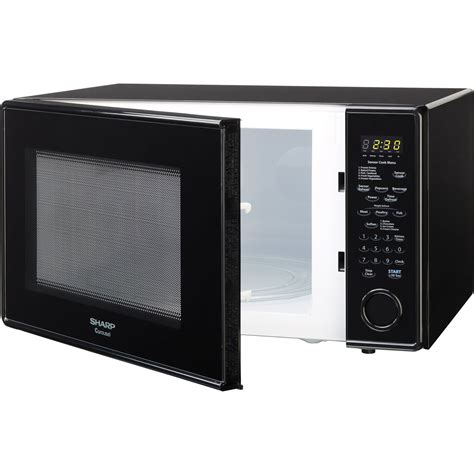
Microwave Sensor: What It Is, Types, & the Working Principle
Introduction to Microwave Sensors A microwave sensor is an electronic device that uses high-frequency electromagnetic waves to detect the presence, movement, or distance of objects.[…]
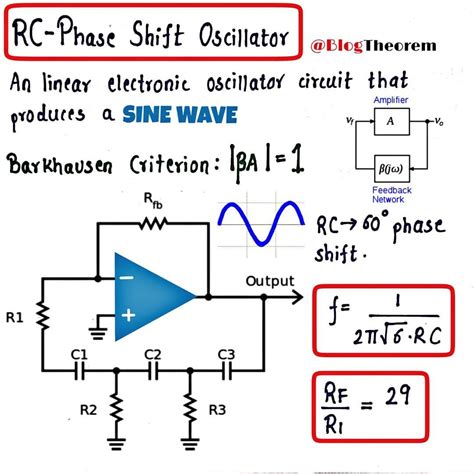
LC Oscillator: Circuit Working, Types, and Applications
Introduction to LC Oscillators An LC oscillator is an electronic circuit that generates a periodic, oscillating electrical signal using an inductor (L) and a capacitor[…]

Gerber Files: A Step by Step Guide on How to Generate Gerber Files
Introduction to Gerber Files Gerber files are the standard file format used in the printed circuit board (PCB) industry for the design and manufacture of[…]

LGA: A Flexible and Reliable Surface-Mount Packaging Technology for Integrated Circuits
What is LGA packaging? LGA (Land Grid Array) is a type of surface-mount packaging used for integrated circuits (ICs). In an LGA package, the IC[…]
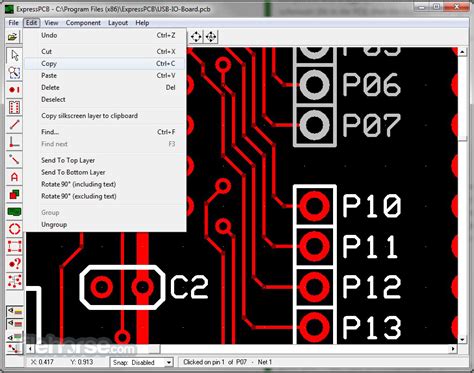
ExpressPCB Tutorial – Step By Step For More Information
Introduction to ExpressPCB ExpressPCB is a PCB design software that allows users to create professional-quality PCBs quickly and easily. It offers a wide range of[…]
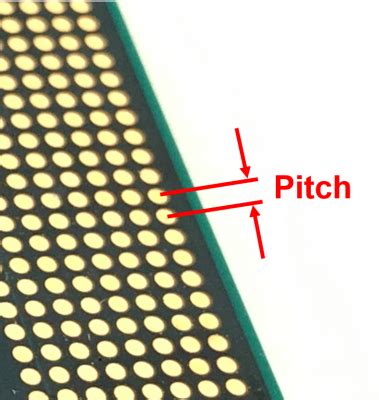
BGA vs.BGA vs. LGA: The Difference between the Two Grid Arrays
Introduction to BGA and LGA packaging Technologies In the world of electronics packaging, Ball Grid Array (BGA) and Land Grid Array (LGA) are two widely[…]
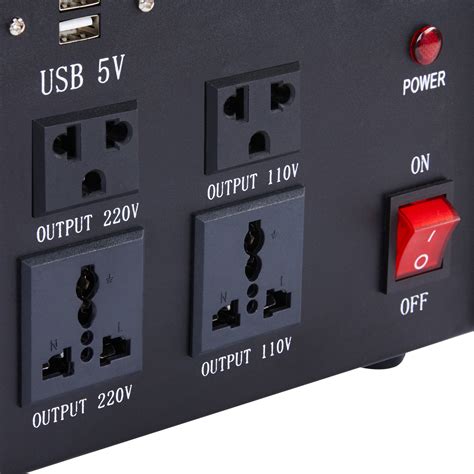
How to Wire a Step-Down Transformer- The Key Steps
Understanding the Basics of Step-Down Transformers Before diving into the wiring process, it’s important to grasp the fundamental concepts behind step-down transformers. A transformer consists[…]
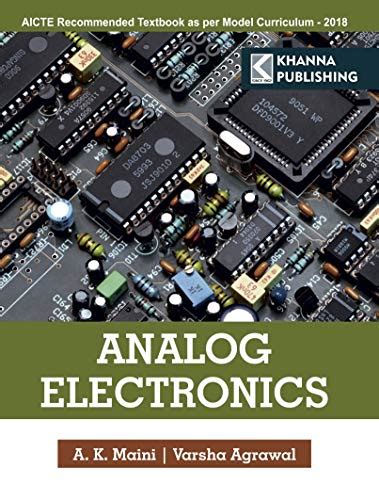
How Much Do You Know About Analog Electronics?
What is Analog Electronics? Analog electronics deals with continuous signals that can take on any value within a given range. These signals are typically represented[…]
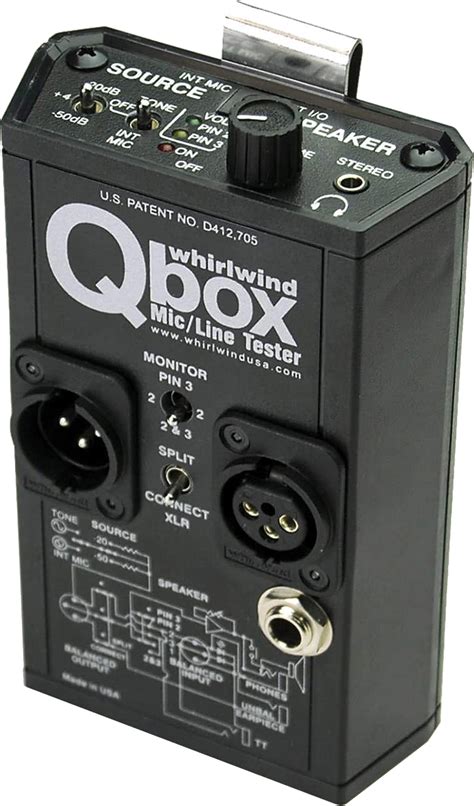
Tone Generator Circuit: Understanding How to Use It and How It Works
What is a Tone Generator? A tone generator is an electronic device that produces a continuous, audible sound at a specific frequency. The sound generated[…]
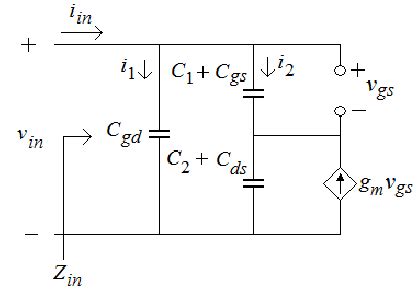
Clapp Oscillator: Circuit Diagram, Frequency, Advantages, and its Applications
Introduction to Clapp Oscillator The Clapp oscillator, also known as the Gouriet-Clapp oscillator, is a type of LC electronic oscillator that is widely used in[…]